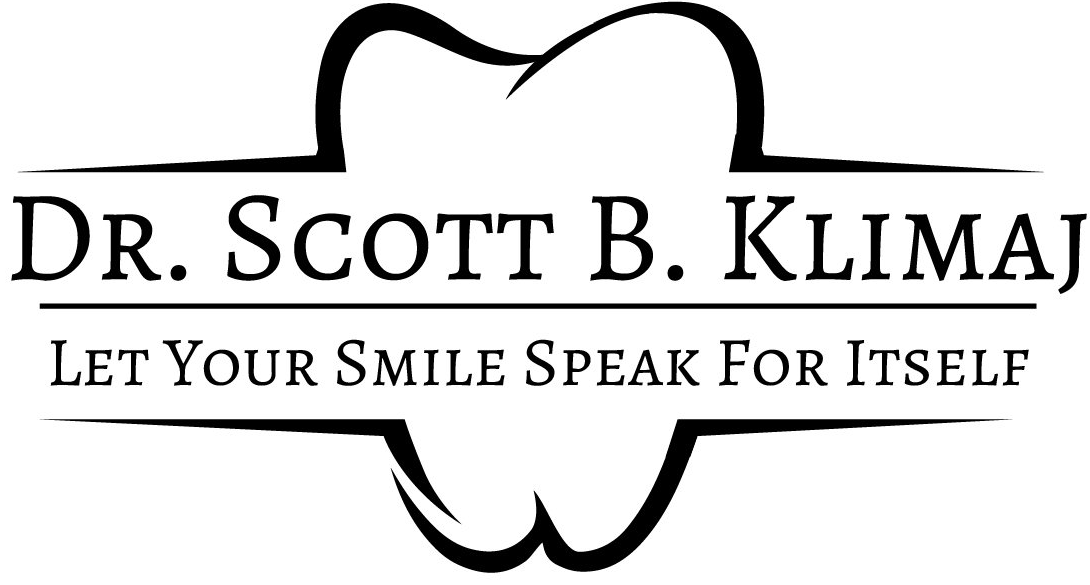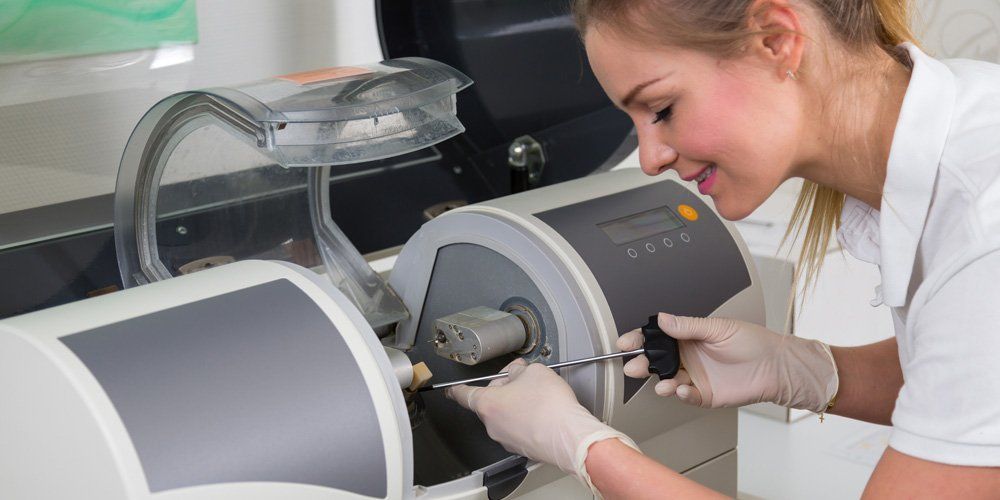Does Your Teeth Whitening Toothpaste Really Work?
Solution21 Web Concepts Media • September 17, 2019

Teeth whitening toothpastes have become one of the most popular and economical ways to improve your smile. An estimated 37 million Americans used whiteners in 2016, according to Statistica, making it one of the most used cosmetic enhancement products on the market.
It’s no wonder that so many people turn to these toothpastes to improve their smile. Nearly 20 percent of people feel so embarrassed by their teeth that they hide their smile during photographs, according to the National Institute of Teeth Whitening and more than 90 percent think that a healthy, white smile makes you look more appealing to the opposite sex. In fact, seven in ten people think that your smile can affect advancement in your career.
The question is, are they worth it? Can whitening toothpastes really help you maintain a whiter, brighter smile in between professional whitening procedures provided by your dentist? The answer is yes, provided you understand how they work and use them correctly.
Your teeth have two layers – an inner dentin layer and a hard outer enamel layer that protects your teeth. Everything you put into your mouth, from coffee and food to cigarette smoke, gradually adds another of foreign material on top of the tooth’s enamel layer. The foreign material builds a substance, known as a pellicle film, on your teeth. In time, the porous enamel can absorb staining agents from the pellicle film. These staining agents can work their way deep into the enamel, where you cannot simply brush them away.
To remove surface stains, many of these toothpastes contain special abrasives, such as silica that scrub the teeth. They also contain chemicals that set off an oxidation reaction, which breaks the stains apart. Many contain hydrogen peroxide or carbamide peroxide. Hydrogen peroxide is the same chemical you would use to bleach your hair. When carbamide peroxide is applied to your teeth, after a period of time it breaks down into hydrogen peroxide. Some toothpaste also contains a substance, known as blue covarine, which sticks to your teeth to create an illusion of whiter teeth.
For best results, use a teeth whitening toothpaste that has earned a seal of approval from the American Dental Association. To keep your teeth looking great, avoid the activities that stain your teeth, like drinking lots of coffee or smoking cigarettes. Brush your teeth after eating foods that can stain your teeth, such as blueberries.
Teeth whitening toothpastes do not provide fast results like professional whitening treatments. In fact, most take two to six weeks to whiten teeth. Although products containing covarine may have an immediate effect, this is a short-term solution.
On the upside, teeth whitening toothpastes are inexpensive and easy to use. They can effectively remove stains from the surface of the teeth and are generally safe. On the downside, they don’t have an effect on the natural color of your teeth, which may already have a yellowish, gray or brown tinge to them, so they may not produce the results you expect.
It’s important to use whitening toothpastes according to the manufacturer’s instructions. Consult with your dentist if you have any questions or concerns about their use, particularly if you are interested in optimizing the results with professional dental whitening.
With proper use, teeth whitening toothpaste really can help you maintain the bright, white smile you have after visiting your dentist for a whitening session.
Kennedy Dental Group located in Chapel Hill, NC, has been providing dental treatment and preventative care to their clients since 1967. We have multiple options to help patients whiten at home, or in our office. Call Kennedy Dental at (919) 967-9291 to schedule an appointment today.












